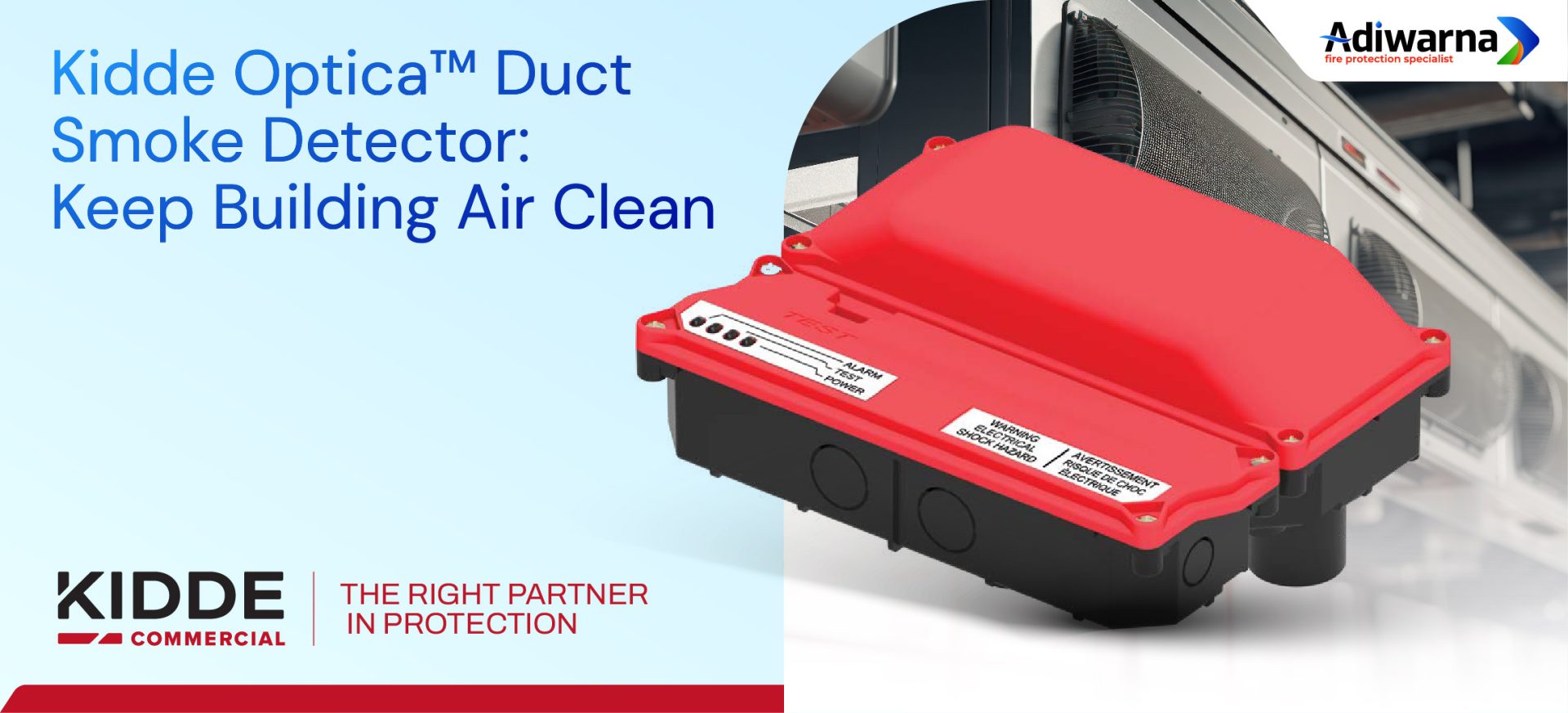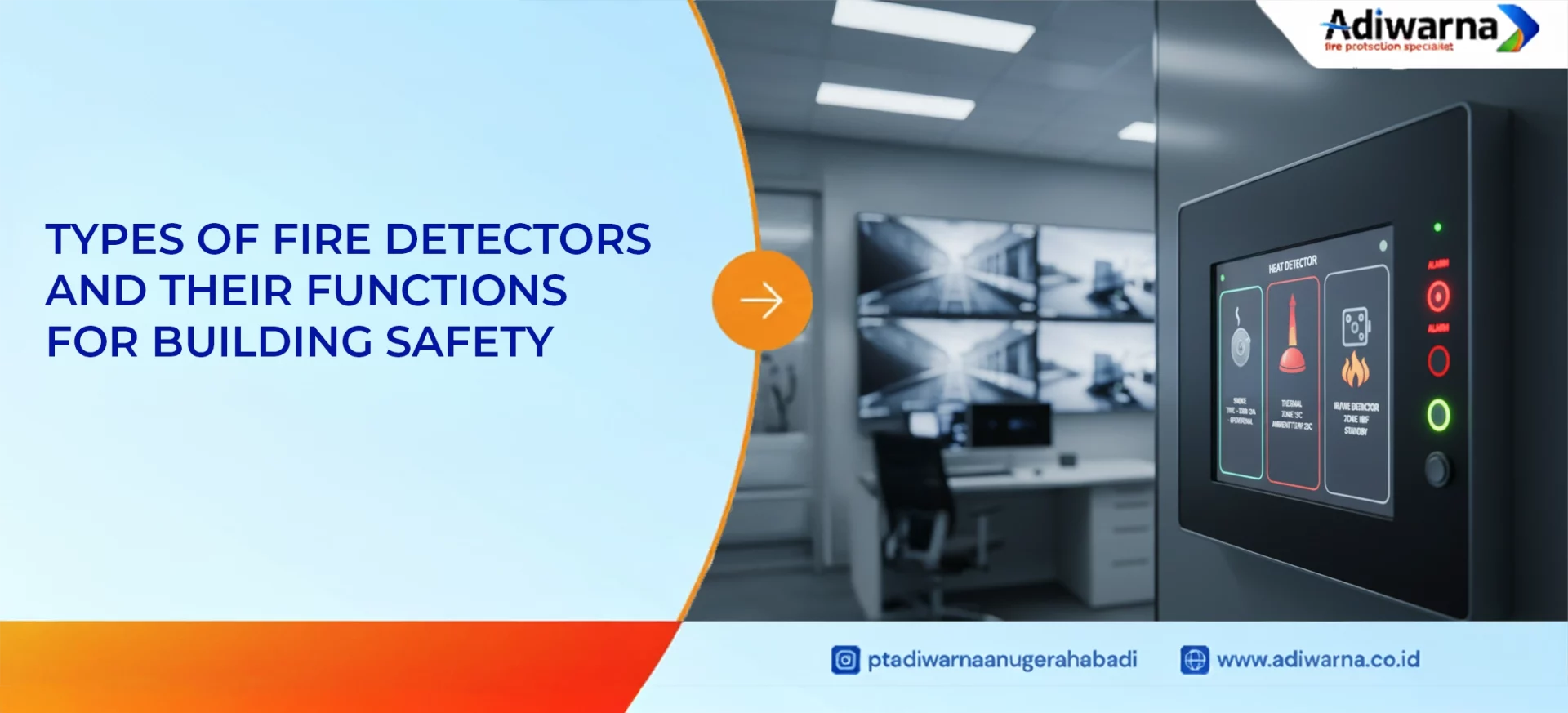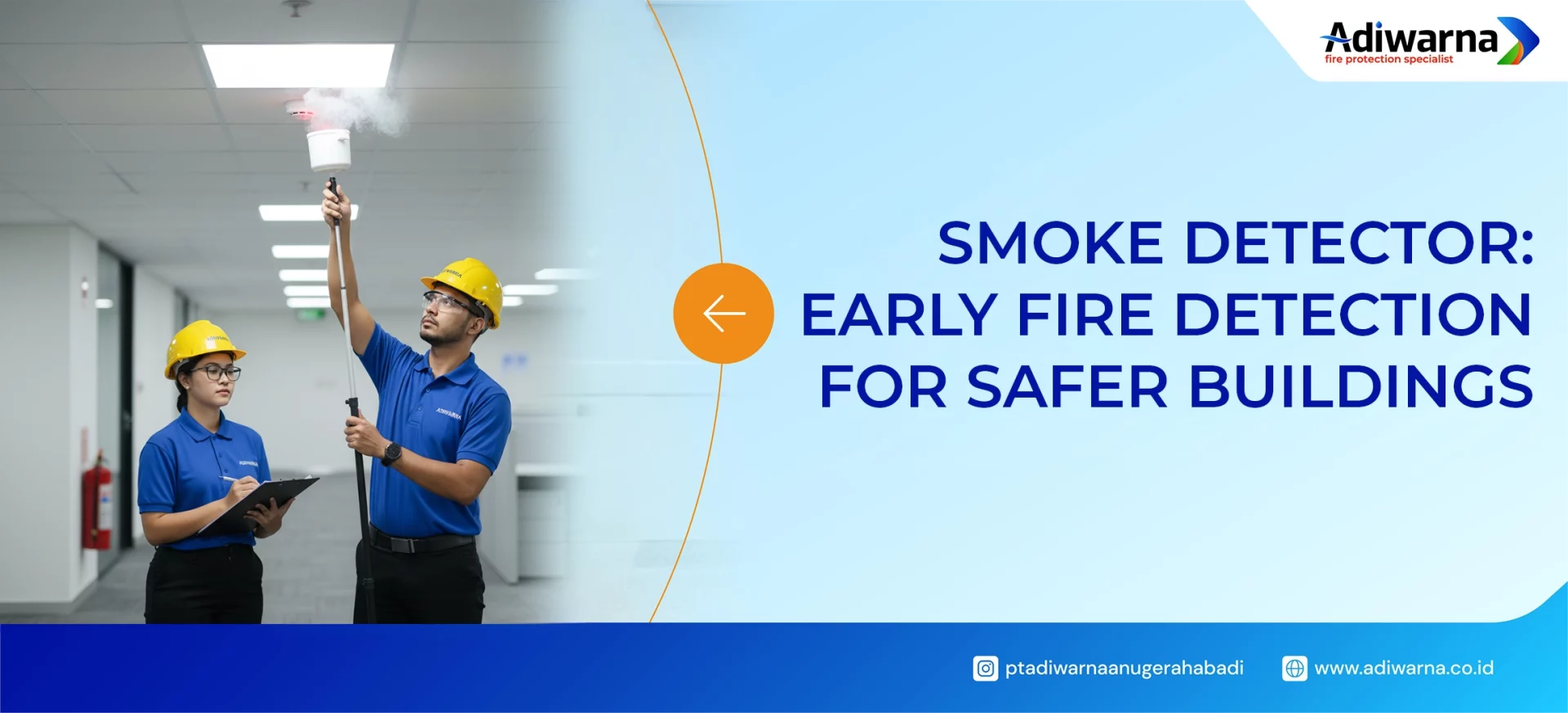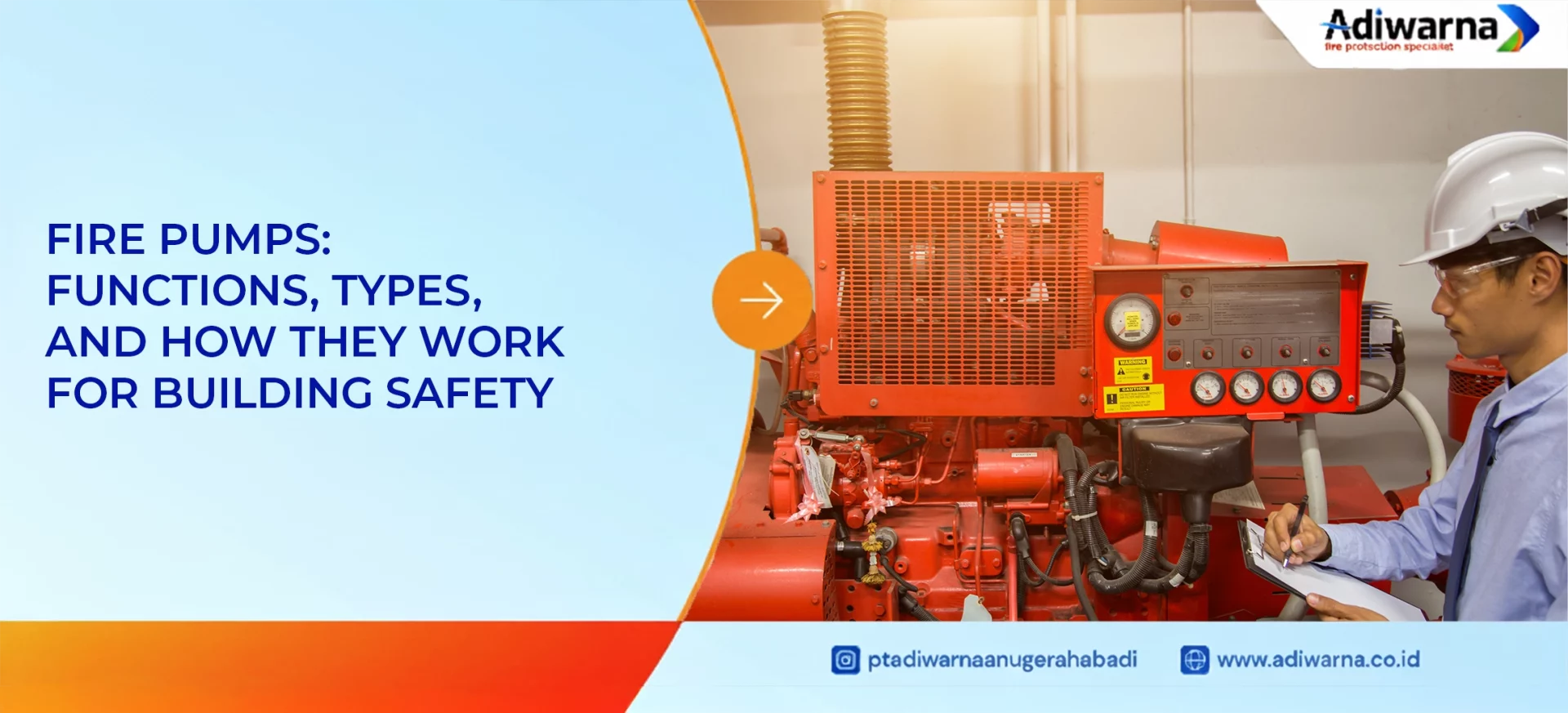Understanding the Differences Between 2 Types of Fire Protection: Active and Passive
The types of fire protection is a crucial element in efforts to prevent and overcome fire incidents in various types of buildings. In the world of fire protection engineering, two main approaches are known, namely active fire protection and passive fire protection.
Both have different functions and characteristics, but if applied together, they can create a comprehensive and effective protection system. This article will discuss the definition, how it works, components, and basic differences between the two systems.
What is an Active Types of Fire Protection System?

Active fire protection is a system designed to detect and respond to fires immediately.
This system works by relying on mechanical or electronic devices that are active when a fire occurs, either automatically or manually. The goal is to control or extinguish the fire as soon as possible.
Some of the main components of active protection include:
- Smoke, heat, gas and flame detectorsto detect signs of fire.
- Automatic and manual fire alarmswhich provides early warning to occupants.
- Extinguishing systemsuch as sprinklers, hydrants, light fire extinguishers (APAR), to chemical-based systems such as CO₂ or foam.
The advantage of this system lies in the speed of responding to fires so that potential losses can be reduced from the start.
What is a Passive Types of Fire Protection System?
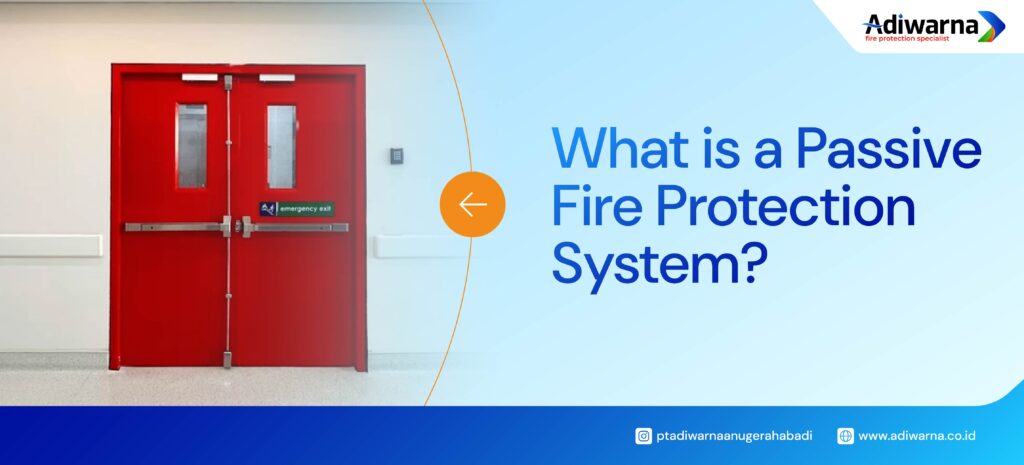
Passive fire protection is a system that relies on building design and materials to slow the spread of fire. Unlike active systems, passive systems do not require direct human or equipment action to function.
Its purpose is to maintain the structural integrity of the building during a fire, retard the spread of fire and smoke, and provide safe evacuation time for occupants.
The components of this system include:
- Fire resistant material, such as coatings on walls, ceilings, or pipes.
- Compartmentalization, namely the division of space with fire-resistant limits.
- Heat resistant doors and seals, to limit the movement of smoke and fire to other areas.
- Evacuation facilities, including emergency stairs and evacuation aids.
Passive protection works silently but is vital in ensuring long-term safety.
Various Differences Between Active and Passive Fire Protection Types
How Active and Passive Fire Protection Works
Active protection is reactive and functions when a fire occurs with the help of activated technology or tools. Meanwhile, passive protection is preventive thus relying on the structural elements of the building to contain the spread of fire from the start, without the need for direct intervention.
System Components
Active protection systems include devices such as:
- Smoke, heat or gas detectors
- Fire alarm
- Automatic sprinkler, APAR, and other extinguishing systems
In contrast, a passive protection system consists of:
- Fire resistant building materials
- Fire-resistant partitions between spaces (compartmentalization)
- Heat resistant doors and seals
- Evacuation routes and tools
Each component of these two systems has a specific function in creating overall safety.
Effectiveness of Active and Passive Protection
Active protection is very effective in reducing the immediate impact of fire through rapid detection and extinguishment. On the other hand, passive protection excels in maintaining the stability of the structure and slowing the spread of fire, thereby increasing the chances of occupant safety. Maximum effectiveness can be achieved by strategically integrating the two systems into one unit.
Understanding and implementing both types of fire protection, both active and passive, is essential to creating a safe and fire-ready building. Both have their own advantages and will work better when used together.
As an experienced fire protection system contractor, Adiwarna provides complete solutions for both types of systems. With the support of an expert team and the latest technology, Adiwarna is ready to help you design reliable fire protection that meets the best safety standards.



